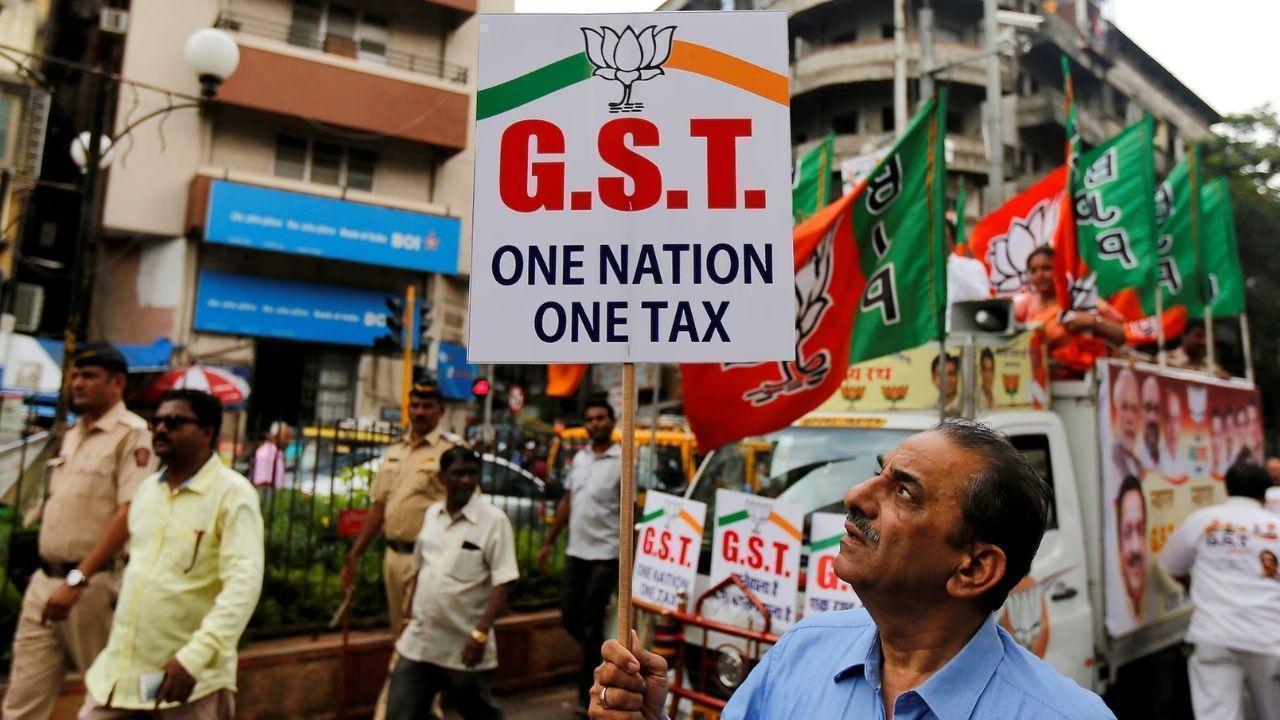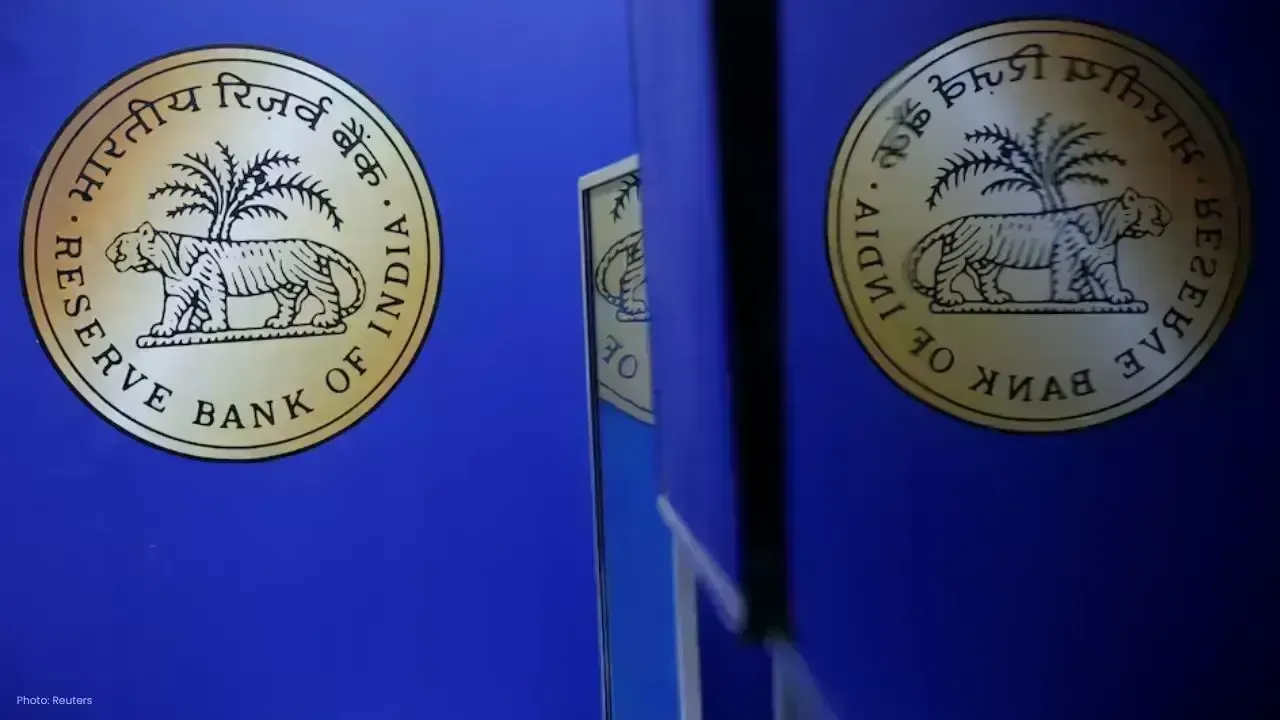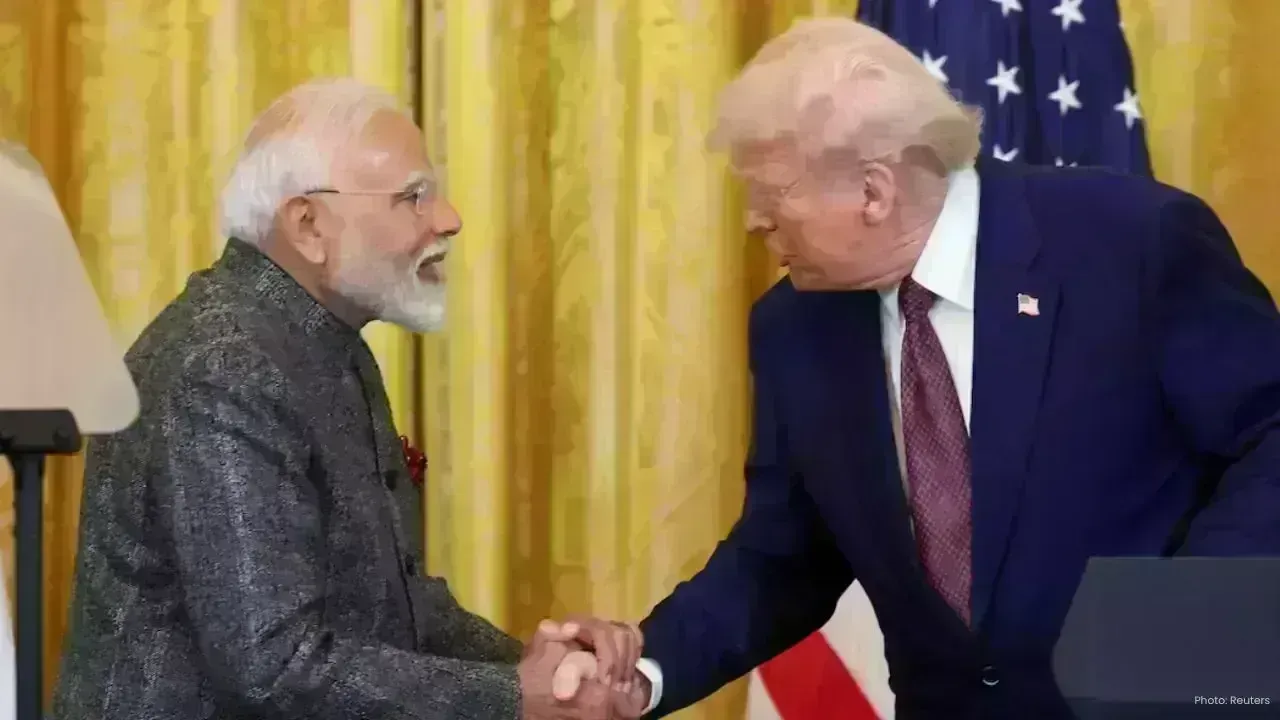You have not yet added any article to your bookmarks!

Join 10k+ people to get notified about new posts, news and tips.
Do not worry we don't spam!

Post by : Anis Farhan
Photo: Reuters
The Goods and Services Tax (GST) has been one of India’s most significant tax reforms, aiming to unify the country’s fragmented indirect tax structure. Since its introduction in 2017, the GST framework has undergone several revisions, reflecting the evolving needs of India’s economy. Recently, the government announced a new GST scheme designed to simplify compliance, improve efficiency, and bring greater transparency into the tax system. This latest update seeks to make taxation fairer, more inclusive, and easier to navigate, especially for small and medium enterprises.
The revised GST structure introduces multiple changes in filing, compliance, and taxation rates. Among the most notable aspects is the introduction of a single monthly return form, making the filing process less complex for businesses. Taxpayers will now benefit from streamlined processes that reduce redundancy and errors. Additionally, new thresholds for small businesses have been introduced, allowing many to either opt out of GST or pay minimal taxes under a simplified structure.
Small and medium enterprises (SMEs) form the backbone of India’s economy, and the new scheme specifically targets their concerns. Many SMEs previously struggled with compliance burdens and high costs associated with filing multiple returns. With this scheme, the government has raised the exemption limit and allowed simplified tax calculation methods. This move not only eases compliance but also encourages small businesses to register under GST rather than stay outside the tax system.
Consumers are expected to benefit from this scheme as well. A streamlined tax structure reduces cascading taxes, ensuring that the final price of goods and services remains more consistent. Transparency in billing also builds consumer trust, as they are now more aware of how taxes contribute to the price of goods. Some essential items have been brought under lower tax slabs, reducing the burden on households.
The new scheme introduces greater use of technology for compliance. Digital invoices, e-way bills, and automated reconciliation are all part of the new framework. These changes make it easier for businesses to track transactions and reduce the chances of fraud or duplication. The use of technology also aligns with India’s broader digital economy goals, fostering efficiency and accountability.
Different industries will experience the impact of the new GST scheme in varied ways. For example, the manufacturing sector is likely to benefit from reduced cascading taxes, making Indian goods more competitive in global markets. The services sector, especially IT and consulting, will find compliance smoother. Meanwhile, agriculture-related businesses will also enjoy reduced tax burdens on inputs, ultimately aiding farmers and allied industries.
One of the government’s main objectives with the new GST scheme is to widen the tax base. Simplified compliance encourages more businesses to register, thereby reducing evasion. While short-term revenue fluctuations may occur due to revised rates, the long-term expectation is increased revenue stability through higher compliance.
Despite the promising changes, challenges remain. Not all businesses are equally prepared to shift to a more digital tax ecosystem. Smaller towns and rural enterprises may struggle with digital adoption. There is also the concern of interpretation, as tax authorities and businesses often clash over definitions and procedural issues. Furthermore, industries accustomed to old structures may resist changes initially, leading to a transitional phase with confusion.
Economists believe that the new GST scheme will positively influence India’s economic growth. A uniform tax system improves the ease of doing business, encouraging foreign investment. Additionally, by making compliance easier, the government is fostering entrepreneurship and creating a more favorable environment for startups. Over time, this reform is expected to contribute to higher GDP growth rates and job creation.
GST is not unique to India; many countries have implemented similar value-added tax systems. India’s move toward digital and simplified compliance aligns with best practices seen in countries like Singapore and Australia. However, India’s challenge lies in its sheer size and diversity, making implementation more complex. If executed well, the scheme could position India as a model for other developing economies.
Business associations, trade chambers, and economists have largely welcomed the new scheme, praising its simplicity and focus on SMEs. However, experts caution that implementation must be smooth, with adequate support for businesses during the transition. Training sessions, helpdesks, and awareness campaigns will be critical to ensure stakeholders understand the new framework.
The success of this new GST scheme will depend on its adaptability and the government’s ability to address challenges quickly. Regular reviews, open dialogue with stakeholders, and consistent monitoring will help fine-tune the system. In the long run, this scheme has the potential to become a cornerstone of India’s economic transformation.
This article is intended for informational purposes only. It provides an overview of the new GST scheme and its potential impact but does not constitute financial or legal advice. Readers are encouraged to consult official government resources or financial experts before making any tax-related decisions.










Kim Jong Un Celebrates New Year in Pyongyang with Daughter Ju Ae
Kim Jong Un celebrates New Year in Pyongyang with fireworks, patriotic shows, and his daughter Ju Ae

Dhurandhar Day 27 Box Office: Ranveer Singh’s Spy Thriller Soars Big
Dhurandhar earns ₹1117 crore worldwide by day 27, becoming one of 2026’s biggest hits. Ranveer Singh

Hong Kong Welcomes 2026 Without Fireworks After Deadly Fire
Hong Kong rang in 2026 without fireworks for the first time in years, choosing light shows and music

Ranveer Singh’s Dhurandhar Hits ₹1000 Cr Despite Gulf Ban Loss
Dhurandhar crosses ₹1000 crore globally but loses $10M as Gulf nations ban the film. Fans in holiday

China Claims India-Pakistan Peace Role Amid India’s Firm Denial
China claims to have mediated peace between India and Pakistan, but India rejects third-party involv

Mel Gibson and Rosalind Ross Split After Nearly a Decade Together
Mel Gibson and Rosalind Ross confirm split after nearly a year. They will continue co-parenting thei